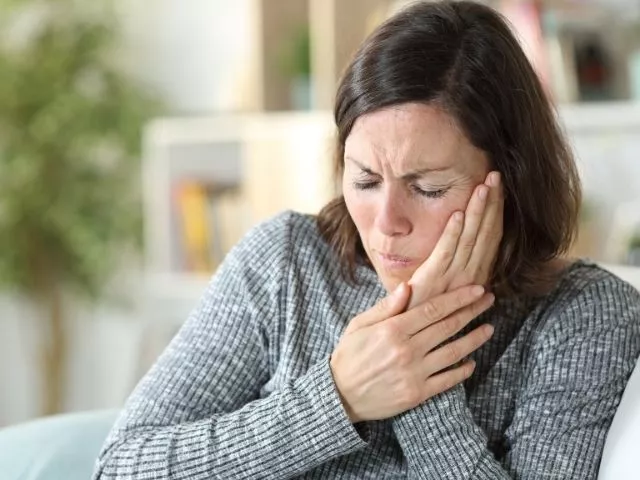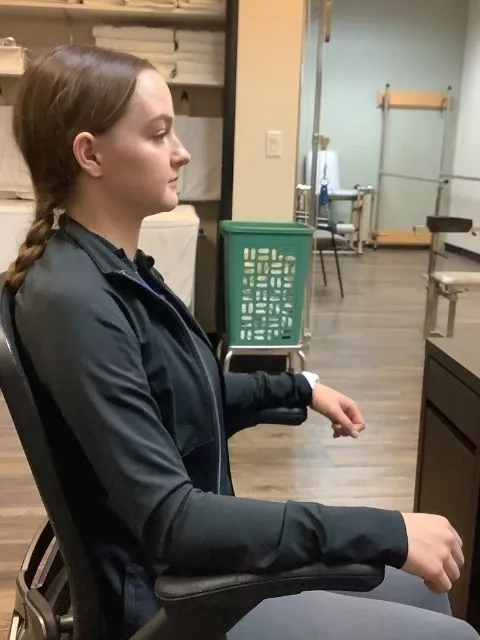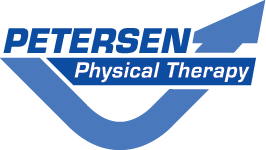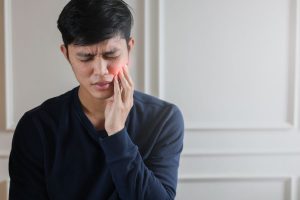If you’ve been struggling with jaw pain, clicking, or tightness when you chew or yawn, you might be dealing with TMJ dysfunction. Many people are surprised to learn that physical therapy can be one of the most effective ways to treat this condition.
Physical therapy helps with TMJ by addressing the underlying causes of jaw pain: poor posture, muscle imbalance, or joint instability. Through specific exercises, manual therapy, and education, physical therapists help patients restore jaw movement, reduce inflammation, and improve overall joint mobility.
In this article, we’ll explore what TMJ dysfunction is, why it happens, and how TMJ physical therapy can help restore normal movement and relieve your pain.
How can physical therapy help with TMJ?
TMJ stands for temporomandibular joint—the hinge that connects your jawbone to your skull. This joint allows you to open and close your mouth, talk, chew, and yawn. When the TMJ or surrounding soft tissue becomes irritated, inflamed, or moves too much, it can lead to TMJ disorders (also called TMD). Common TMD symptoms include:
- Jaw pain or soreness
- Clicking or popping sounds
- Headaches or ear pain
- Locking or limited jaw movement
- Neck pain or muscle spasms around the jaw muscles
In the past, TMJ issues were sometimes treated surgically, but over time, experience has shown that physical therapy for TMJ syndrome is a safe and effective solution for many patients.

Why the jaw becomes painful: hypermobility and posture
TMJ dysfunction often isn’t caused by stiffness—it’s caused by too much movement. A well-known physical therapist, Mariano Rocabado, highlighted that many people with chronic TMJ pain are hypermobile. In other words, their joints move too much, which can cause instability and irritation.
There’s a continuum of mobility:
- Hypomobility: too little motion
- Normal mobility: healthy movement
- Hypermobility: too much motion
People with connective tissue conditions like Ehlers-Danlos often fall toward the hypermobile end of the spectrum and are more likely to experience TMJ problems.
For more on this topic, see our full article on physical therapy for Ehlers-Danlos.
Assessing hypermobility: the Brighton screen
Physical therapists can perform a quick screening (often referred to as the Brighton/Beighton hypermobility screen) to identify hypermobility. It looks at how flexible your elbows, knees, thumbs, and fingers are—sometimes using the index finger and thumb as part of the test.
If your joints tend to bend or stretch beyond what’s typical, you might score higher on this screen—and that may help explain your jaw pain or TMJ dysfunctions.
Postural and lifestyle factors that aggravate TMJ
Your posture plays a major role in TMJ health. When your shoulders roll forward or your head juts out, it changes the position of your jaw joint and can lead to tension and pain. Poor posture can also cause neck pain and tension in the jaw muscles.
To learn more about improving posture, visit our article on how to fix posture.
Habits that can worsen TMJ pain include:
- Resting your chin in your hand while sitting at a desk
- Sleeping on your side with your face pressed into the pillow
- Taking overly large bites
- Chewing gum regularly
Small postural changes—like gently pulling the shoulders back and keeping the head aligned—can significantly reduce TMJ strain.
For simple posture resets during the day, check out our guide to postural interruption exercises.

TMJ physical therapy exercises
Tongue-to-roof control drill
One of the simplest and most effective TMJ exercises is performed with the tongue placed on the roof of the mouth.
- Place your tongue gently on the roof of your mouth.
- Slowly open and close your mouth while maintaining tongue contact.
- Perform 10 controlled repetitions, one to two times per day.
This exercise retrains the muscles that stabilize your jaw and helps restore normal movement patterns. By practicing controlled opening and closing, patients learn to move the joint smoothly and keep the muscles relaxed.
Postural strengthening for jaw relief
In addition to jaw-specific drills, physical therapy for TMJ focuses on the muscles that support the head and neck. Strengthening the upper back and thoracic area improves posture and reduces strain on the jaw.
For related routines (and because neck tension and TMJ often overlap), see:
Proprioception, soft tissue work, and relaxation techniques
People with hypermobility can lose some joint position awareness (proprioception). Guided exercises and, when appropriate, manual therapy techniques such as soft tissue release or myofascial therapy can help restore better control and reduce irritation. Physical therapists may also teach relaxation techniques to relieve muscle spasms and encourage smoother jaw movement.
How head and neck position affect your bite
Jaw position changes with head movement:
- Tilting your head to one side can create a crossbite on that side.
- Jutting your head forward can encourage an underbite.
Because the TMJ hangs from the skull and the skull sits on the spine, poor head and neck alignment can directly affect how your teeth come together.
That’s why a comprehensive plan often includes the neck, shoulders, and even core stability to support pain relief and reduce recurring TMJ dysfunctions.
When to see a physical therapist for TMJ pain
If you’ve tried home remedies and your TMJ pain continues—or if you experience locking, headaches, or significant clicking—it’s time to see a professional.
A licensed physical therapist can evaluate joint mobility, posture, and habits, and build a personalized plan to restore proper function and promote long-term jaw health.
For additional home strategies, visit our article on TMJ home treatment remedies.
The takeaway
Physical therapy for TMJ focuses on improving posture, retraining joint control, and strengthening the muscles that support the jaw.
Done consistently, it can reduce pain, improve jaw movement, and prevent flare-ups.
If your jaw clicks, pops, or feels tight, consider an evaluation with a therapist who understands TMJ dysfunction physical therapy.


















